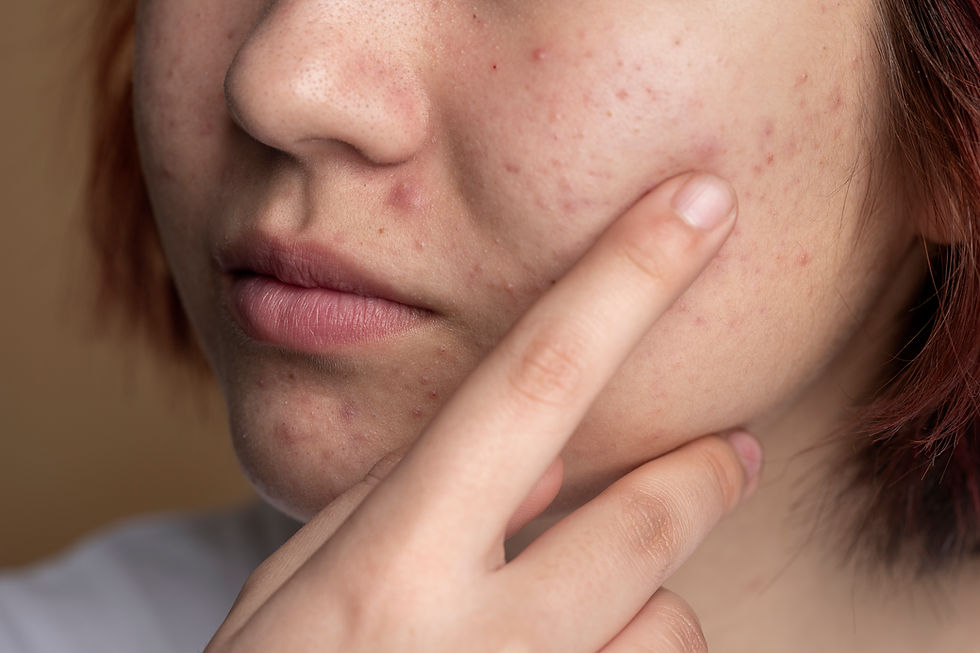
The world of anti-ageing skincare can feel like a maze of products, treatments, and advice. Unfortunately, it’s also full of myths that can lead to misguided routines and false expectations. To help you on your journey to healthy, youthful-looking skin, let’s clear up some of the most common anti-aging skincare myths.
Myth 1: Expensive Products Are Always Better
While it’s tempting to believe that a high price tag means better results, this isn’t always the case. Expensive products often include luxurious packaging or high-end marketing, but that doesn’t guarantee better ingredients or results. Many affordable skincare products such as hydropeptide, contain effective active ingredients like retinoids, peptides, or antioxidants that can deliver effective results. Focus on the ingredients and formulation rather than the brand name or price tag.
Myth 2: Sunscreen Is Only for Sunny Days
One of the biggest skincare mistakes people make is skipping SPF when the sun isn’t shining. UV rays can penetrate through clouds and even glass, leading to premature ageing. Daily sunscreen application, regardless of the weather, is key to protecting your skin from damage like hyperpigmentation, fine lines, and sagging. SPF should be a non-negotiable step in your routine year-round.
Myth 3: You Can Reverse Wrinkles with Skincare Alone
Skincare products play a crucial role in preventing and minimising the appearance of wrinkles, but once deep wrinkles form, it’s challenging to reverse them with topical products alone. Ingredients like retinoids, peptides, and vitamin C can reduce fine lines and improve texture, but more advanced treatments such as laser resurfacing, micro-needling, or radio-frequency may be necessary for deeper wrinkles. Managing expectations and maintaining a well-rounded routine is key.
Myth 4: Natural Ingredients Are Always Better
Natural ingredients can be beneficial, but they aren’t inherently better or more effective than synthetic ones. In fact, some natural ingredients may cause irritation, allergies, or breakouts. The key is to choose products based on your skin type and concerns, not whether they are natural or synthetic. Look for science-backed ingredients proven to address ageing concerns such as hyaluronic acid, niacinamide, and peptides.
Myth 5: You Don’t Need Anti-Ageing Products Until You See Wrinkles
Prevention is the cornerstone of effective anti-ageing skincare. Waiting until you see visible signs of ageing like fine lines and wrinkles can limit the effectiveness of treatments. Incorporating antioxidant serums, moisturisers, and sunscreen into your routine in your 20s and 30s can help maintain youthful skin and delay the onset of aging. It’s much easier to prevent damage than to reverse it.
Myth 6: The More You Exfoliate, the Better
Exfoliation is essential for removing dead skin cells and promoting cell turnover, but overdoing it can strip the skin of its natural oils and disrupt the skin barrier. Over-exfoliating can lead to irritation, redness, and even accelerated ageing. Aim to exfoliate 2-4 times a week depending on your skin type and the product’s strength, and always follow with soothing and hydrating products to replenish the skin.
Myth 7: A Skincare Routine Should Show Results Immediately
Many people expect instant results when starting a new anti-ageing routine, but skincare is a long game. Active ingredients like retinol, peptides, and vitamin C take time to show visible improvements. Consistency and patience are crucial. While you may see small changes within a few weeks, significant improvements can take around 3-6 months. Stick to your routine and give products time to work.
Stuck on what routine is best for you, and not sure which treatment will get you the results you need? Reach out to me or book in for a consultation today.

Comments